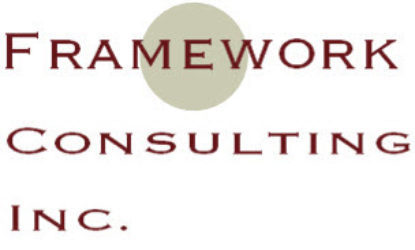Productivity Taxonomy: Making Tags Work in Your Personal Productivity System (Part 2)
This week, Ray, Augusto, Francis and Art continue the conversation about tags, discussing how they use tags in their own lives and work, and how to deal with the limits of software when tagging.
(If you’re reading this in a podcast directory/app, please visit https://productivitycast.net/128 for clickable links and the full show notes and transcript of this cast.)
Enjoy! Give us feedback! And, thanks for listening!
If you'd like to continue discussing productivity taxonomy from this episode, please click here to leave a comment down below (this jumps you to the bottom of the post).
In this Cast | Productivity Taxonomy, Part 2
Ray Sidney-Smith
Augusto Pinaud
Art Gelwicks
Francis Wade
Show Notes | Productivity Taxonomy, Part 2
Resources we mention, including links to them, will be provided here. Please listen to the episode for context.
Remember the Milk
Skedpal
OneNote
Workflowy
Evernote
Raw Text Transcript
Raw, unedited and machine-produced text transcript so there may be substantial errors, but you can search for specific points in the episode to jump to, or to reference back to at a later date and time, by keywords or key phrases. The time coding is mm:ss (e.g., 0:04 starts at 4 seconds into the cast’s audio).
Read More
Voiceover Artist 0:00 Are you ready to manage your work and personal world better to live a fulfilling productive life, then you've come to the right place productivity cast, the weekly show about all things productivity. Here, your host Ray Sidney-Smith and Augusto Pinaud with Francis Wade and Art Gelwicks.
Raymond Sidney-Smith And Welcome back, everybody to productivity cast, the weekly show about all things personal productivity, I'm Ray Sidney Smith.
Augusto Pinaud I am Augusto Pinaud.
Francis WadeI'm Francis Wade.
Art GelwicksAnd I'm Art Gelwicks.
Raymond Sidney-Smith 0:25Welcome, gentlemen,
Raymond Sidney-Smith 0:26and welcome to our listeners to this episode of ProductivityCast. Today, we're going to continue the conversation that we started last week. So in our last episode, we opened up the dialogue, because of a topic are brought to the team and wanted to discuss and that was all about tagging in our personal productivity systems. And we discussed really what productivity tagging really looks like, what does what does a taxonomy really stand for in a personal productivity system, we talked about some of the topics relating to it, but we really didn't dive into how we all use tags on our system. So I think that would be a really great conversation for today. So how do you tag and use tags in your personal productivity system
Francis Wade 1:08as little as possible, whereas you can tag everything from now until the cows come home? I think the purpose of tagging is, as we discussed in the last episode, to be able to manipulate large volumes of data by focusing on some smart attributes. And I think that one of the rules I have is, and this was from bitter experience of trying to use multiple tags, and all sorts of fancy hierarchies and tags, using attributes that were the most interesting is that we should be always aiming to use as least the least number of tags as possible because they extract extract such a cost. The managing tax isn't easy for us psychologically. And we should be looking to manage the minimum number possible to get the biggest benefit. There's a Pareto effect. In other words, so this is not a matter of and I see people asking questions all over the internet, you know, what should I tag? Should I tag this, I'm tagging with 10 different attributes. No, whereas they may be cool, and they will be fun. It is a utility problem. And we have a capacity to the number of tags that we can use. So my first technique, whenever I go to tag is use as little as possible, minimum number that I can get away with and still be effective. And then I'm going to add another level of tags or another dimension or degree,

